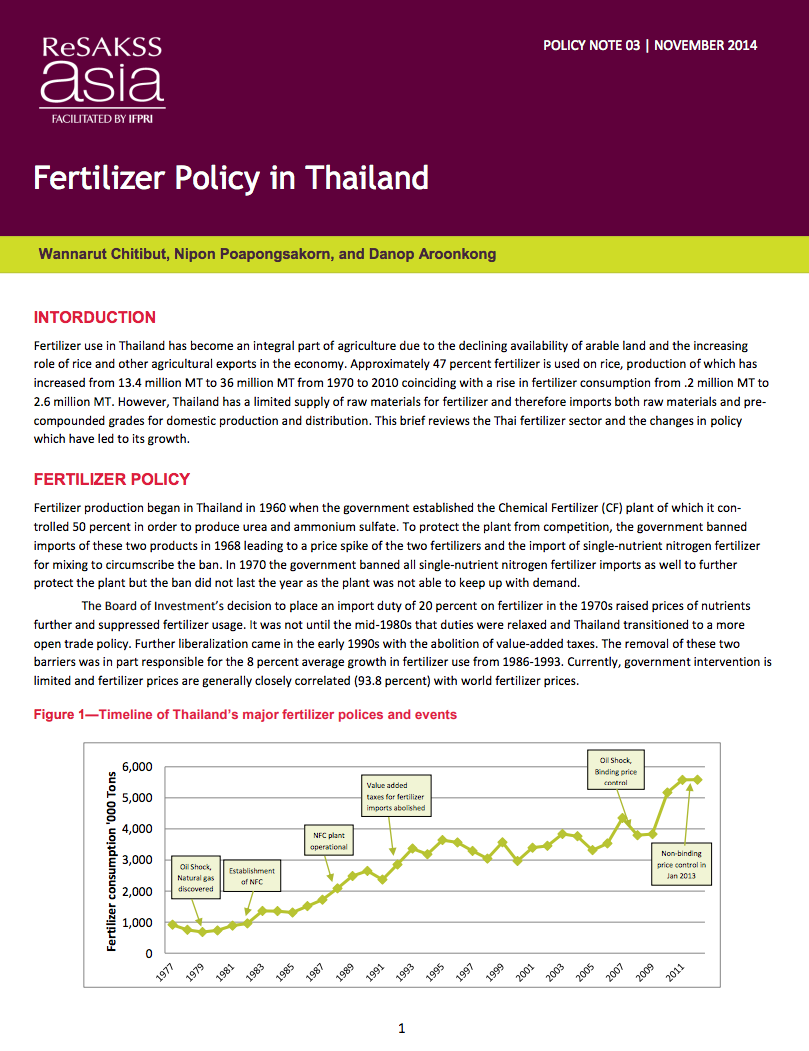Promoting Women's Economic Participation in India
Despite rapid economic growth, gender
disparities in women's economic participation have
remained deep and persistent in India. What explains these
gender disparities? Is it poor infrastructure, limited
education, or the composition of the labor force and
industries? Or is it deficiencies in social and business
networks and a low share of incumbent female entrepreneurs?
This note analyzes the spatial determinants of female




